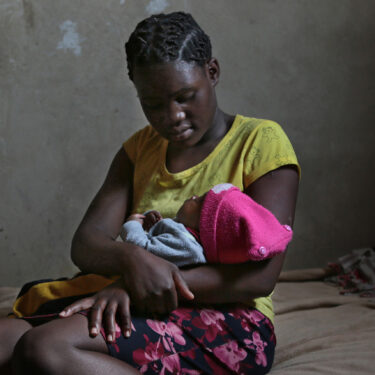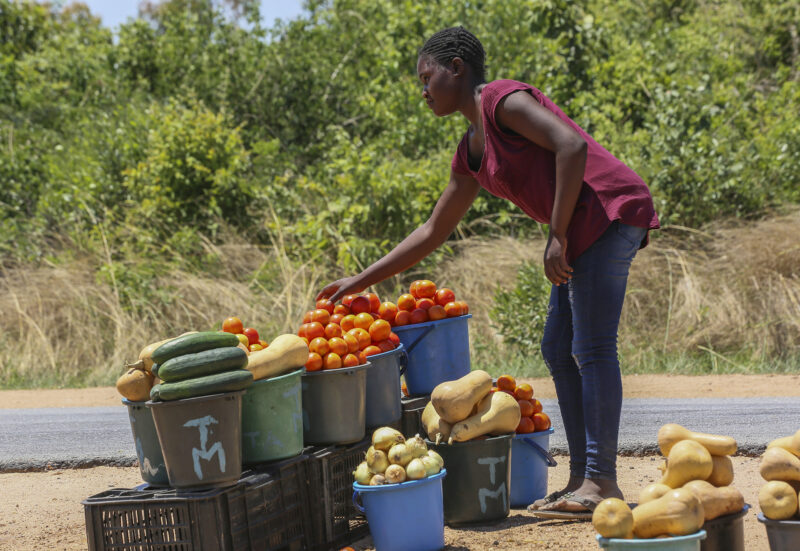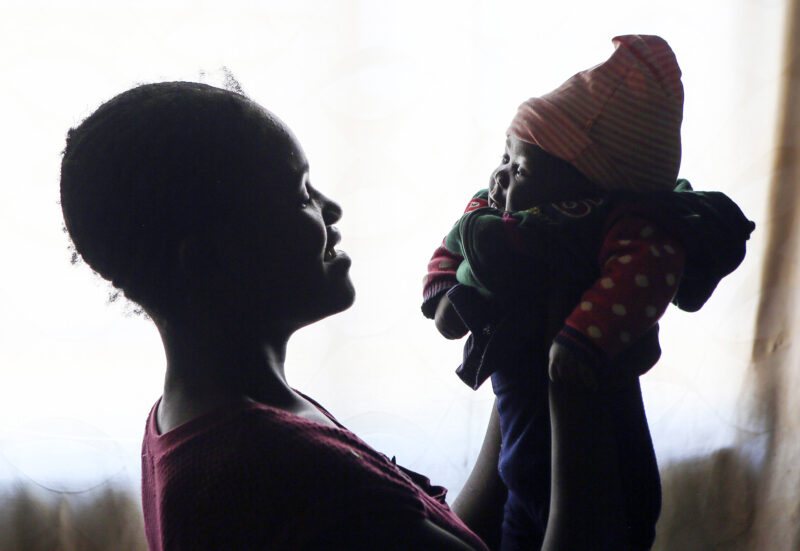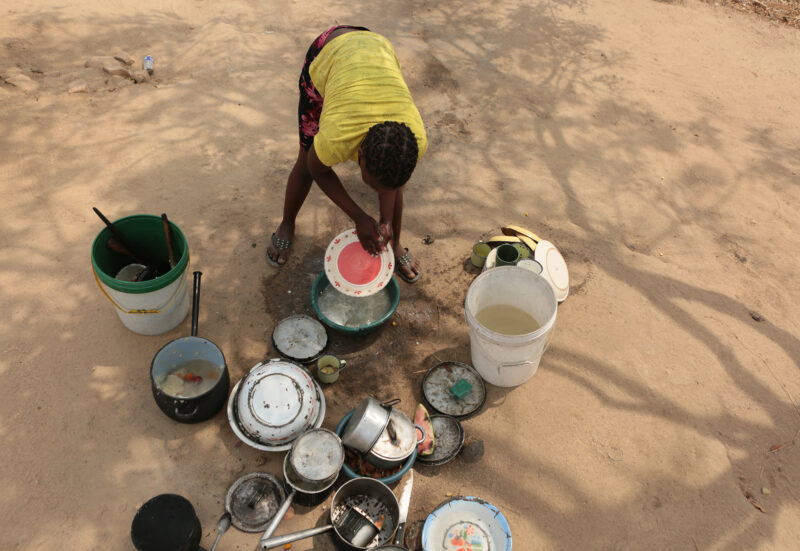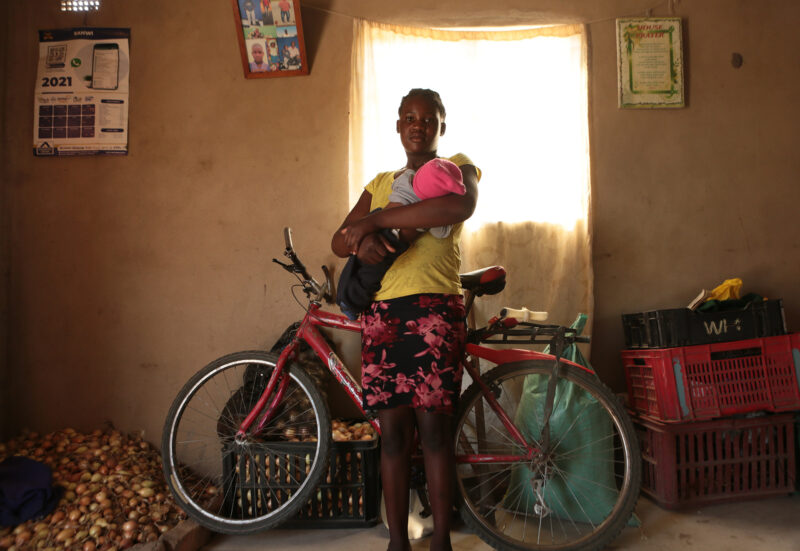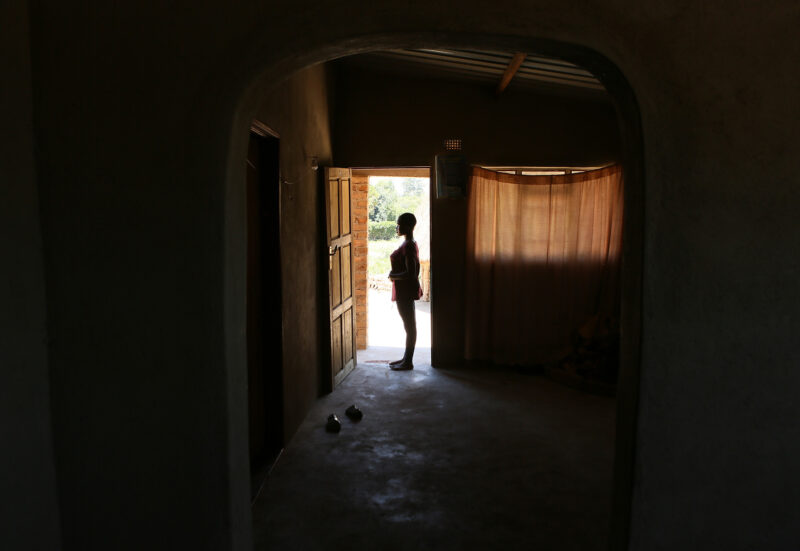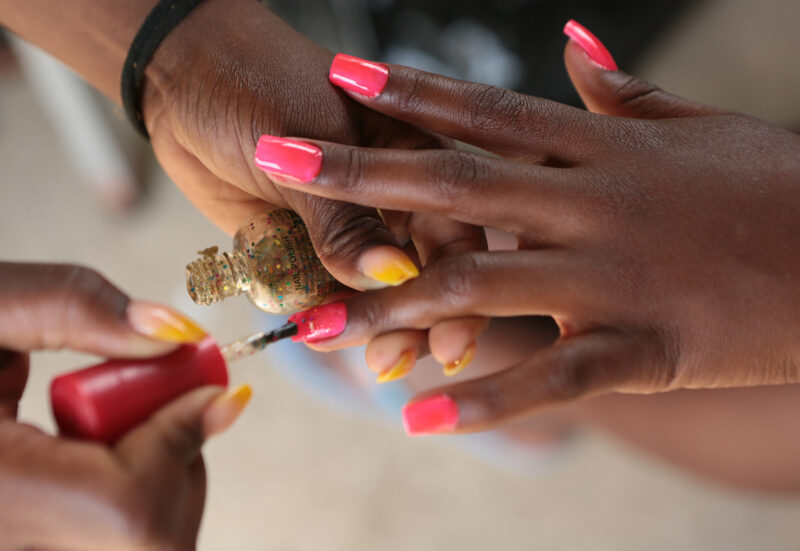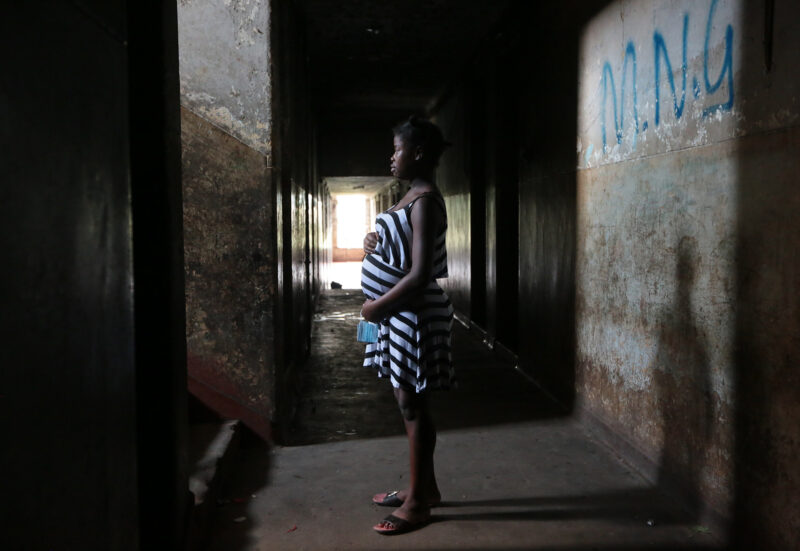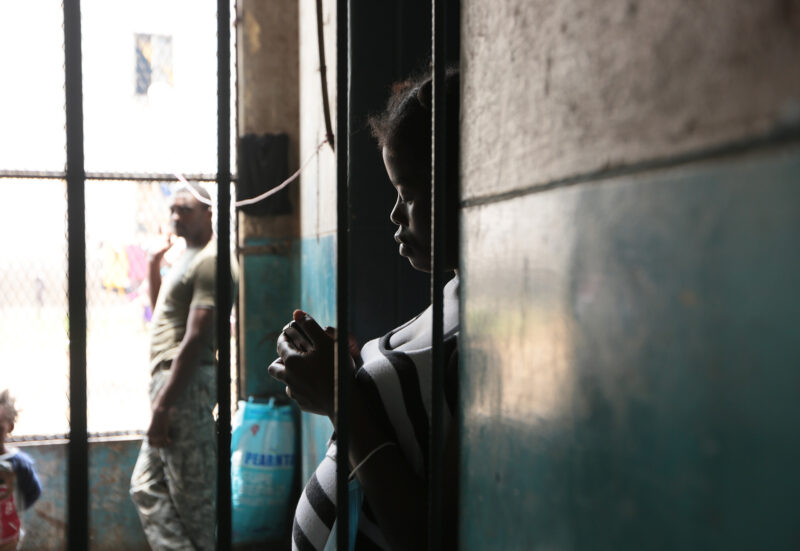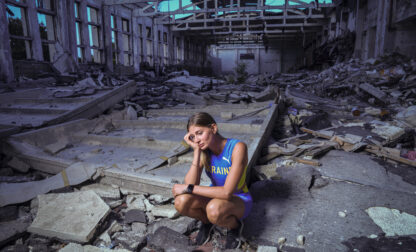Writing about teen pregnancy is difficult under any circumstances, requiring equal parts thoughtfulness and responsibility. That is how AP’s Harare-based team in Zimbabwe, AP photographer Tsvangirayi Mukwazhi and writer Farai Mutsaka, joined by South Africa video journalist Sebabatso Mosamo, approached the story of how pandemic lockdowns led to a sharp rise in teen pregnancies and the consequent loss of girls’ educational opportunities, a problem affecting many southern African countries.
Zimbabwe has long struggled with such pregnancies and child marriages. Before COVID-19 hit, one of every three girls in the country was wed before age 18, many with unplanned pregnancies, because of lax enforcement of rape laws, widespread poverty, and cultural and religious practices.
The spread of the coronavirus intensified the problem. The country of 15 million people imposed a strict lockdown in March 2020, closing schools for six months and reopening them only intermittently. Girls were shut out from access to contraceptives and clinics; the troubles of impoverished families worsened. Pregnant schoolgirls found themselves unable to return to class when schools resumed, despite changes in rules introduced by the government.
Gathering the facts to support the story took months, spearheaded by Mustsaka as he worked with officials to access the available data to indicate the scale of the issue. The AP story was the first to reveal the government’s finding that as many girls became pregnant in the first two months of 2021 as normally would in an entire year.
Zimbabwe has long struggled with high teenage pregnancy rates. The numbers have shot up further during the pandemic. The country changed a law to allow pregnant students to remain in school — but so far, it's failing. Few girls are returning. https://t.co/B9nCekSRXC pic.twitter.com/Dzp6H4RTtE
— The Associated Press (@AP) January 12, 2022
Illustrating the story was the next challenge. Most families who had sought help from community organizations were unwilling to talk publicly about how the girls’ pregnancies had affected their lives. Pregnant teens are often bullied in communities and classrooms. But 13-year-old Virginia Mavhunga was eager for her story to be told and had the support of her parents. Even so,the team worried that at her age,the story could pose problems for Mavhunga.
Mukwazhi and Mutsaka repeatedly explained the possible consequences to the families they met with,returning to them on several occasions to show them the images and how the story would be used, so that they fully understood what it meant to have their names and photos published. AP’s standards team added language to the story explaining why the company made the unusual decision to name a child victim of sexual abuse.
The months of care and persistence paid off with compelling text and images, including a sensitive video shot by Mosamo. The package was part of a yearlong series on how the pandemic is impacting women in Africa,most acutely in the least developed countries.
For responsible coverage providing insight into a difficult,important and often painful subject,the team of Mutsaka, Mukwazhi and Mosamo is AP’s Best of the Week — First Winner.
Visit AP.org to request a trial subscription to AP’s video,photo and text services.
For breaking news, visit apnews.com

